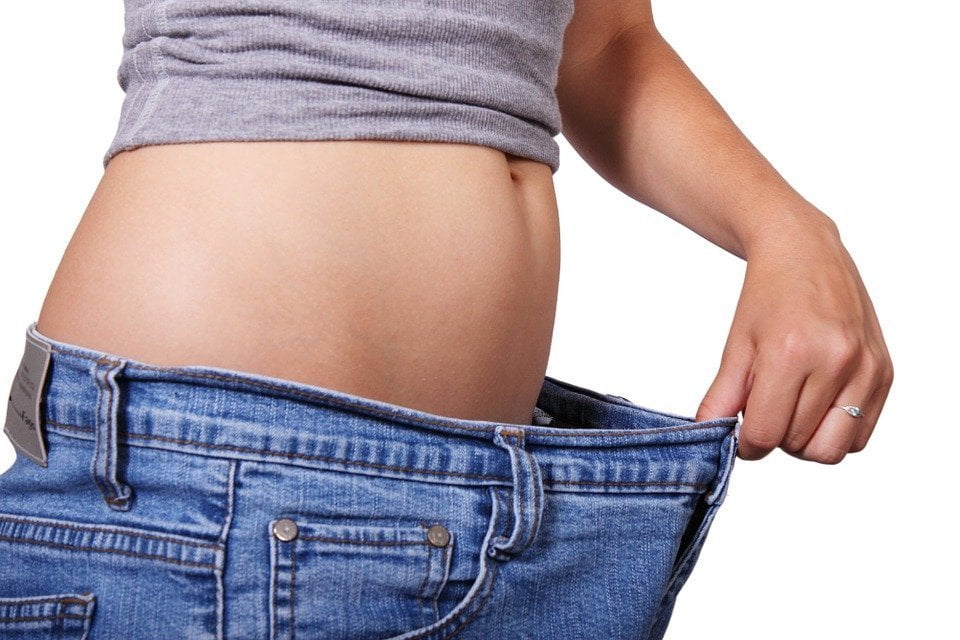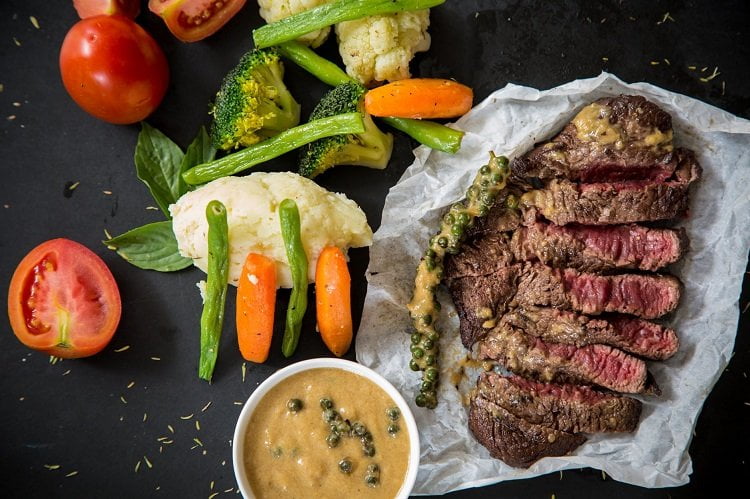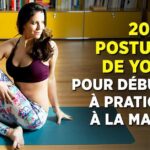An athlete comes with an appetite and the harder they train, they more eat. But why is this? What happens within the body of an athlete?
Where non-athletic people eat for the sake of satisfying hunger, athletes eat to fuel and maintain their bodies as well as to insure optimal performance. This is why, there is no denying that the nutritional needs of athletes are a lot more complex and more extensive than what someone, who isn’t an athlete, needs to eat.
Experts say that the physiological and fitness demands placed on an athlete can have profound and long-lasting effects on just about every bodily system. This is particularly true for the nervous system. Athletes need to pay a lot more attention to their nutrition in terms of their macro-nutrient and micro-nutrient intake.

This could mean that athletes need to include more advanced supplements, like free-form amino acids (BCAAs and Creatine) and low osmolality carbohydrate powders. Creatine is especially valuable for athletes as it helps to release energy faster than glucose does.
However, this is not the case for non-athletes. Non-athletes can ‘get away’ with regular alcohol intake, subpar nutritional habits, and even insufficient hydration. This is because they are not subject to the same fitness requirements that athletes are.
For an athlete, there are four important factors to include in their diet:
- Sufficient caloric intake, particularly complete protein
- Nutrient timing, especially in hours before, during, and after bouts of exercise
- Adequate intake of vitamins and minerals, and
- Sufficient hydration
Macro-nutrient and micro-nutrient
Nutrients are environmental substances used for energy, growth, and bodily functions by organisms. Some nutrients are needed in larger amounts than others. These are called macro-nutrients.
There are three essential macro-nutrients:
- Carbohydrates
- Fats, and
- Proteins
Each of these macronutrients provides energy in the form of calories. Protein is especially important for athletes to consume as this aids in the process of muscle rebuilding and strengthening. During exercise – specifically resistance training – muscles (which are predominantly made up of protein) are microscopically torn. They need protein to repair themselves and to facilitate this process the athlete needs to have a good amount of protein in their body.
Micro-nutrients include vitamins and minerals. What’s great to know is that vitamins can actually help to boost a workout – something that athletes will find extremely useful. For example, vitamin A – which is a vitamin that is fat soluble – protects you against the free radicals which are produced during exercise.
Vitamins are also necessary for energy production, immune function, blood clotting and other functions. While minerals play an important role in growth, bone health, fluid balance and several other processes.
Smaller amounts of micro-nutrients rare needed relative to macro-nutrients but they are still essential as our bodies can’t produce vitamins and minerals.

Differences between macro and micronutrients
The biggest difference between macronutrients and micronutrients is that human body needs macronutrients in larger supplies where micronutrients are needed in smaller amounts.
The major macronutrients are carbohydrates, protein, and fat which are found in most of the food that we eat.
In contrast micronutrients like vitamins, minerals are the essentials for maintaining good health.
The right sports nutrition
A balanced diet for athletes consists of 60% of calories from carbohydrates, 15% from protein and 25% from fat.
These three dietary requirements ensure rapid tissue repair, replenishment of muscle glycogen, and optimal hormonal function.
The athlete’s diet should also include plenty of fluids, especially water for hydration, and some energy drinks to replace lost electrolytes. A good guideline for an athlete is to consume about 50 ml per kilogram body weight per day. At warmer temperatures, an athlete should consume one or two litters more as they lose more liquid through sweat when exercising.

Dehydration being disguised as hunger
Thirst first occurs when your body needs hydration. However, sports nutritionists have confirmed when you do not drink enough water, your body receives mixed signals of hunger. Dehydration causes you to believe you need to eat when you really need liquid intake. – this not only can cause you to consume excess calories but could prevent you from being adequately hydrated.
Because athletes excrete water faster than the average person it is imperative for athletes to stay hydrated and to understand their body’s nutritional needs and not to let the body trick them into thinking that they are hungry when they are actually thirsty and dehydrated.
A lot more calories
When an activity includes a large amount of practice and playing, more calories are burned. Therefore, more nutrition is necessary to fuel this activity. Opt for low glycaemic (GI) carbohydrates as these give you a sustained release of energy as opposed to high GI carbohydrates such as white bread and pasta/
Different athletes = different nutritional needs
Not only do athletes have different nutritional needs as opposed to non-athletes but the nutritional needs of athletes, who perform various activities, also differ. For example, a cyclist will need to eat differently than a swimmer will.Each athletic activity requires different quantities of proteins, carbohydrates, and fats.
The bottom line is that sports nutrition is simply another way to augment athlete’s nutrition to give them the best opportunity to reach a specific goal. While it is healthy for non-athletic people to eat a proper nutritional diet, it is not necessary (and can be potentially harming) for them to follow the same strict dietary and nutritional needs as athletes.





